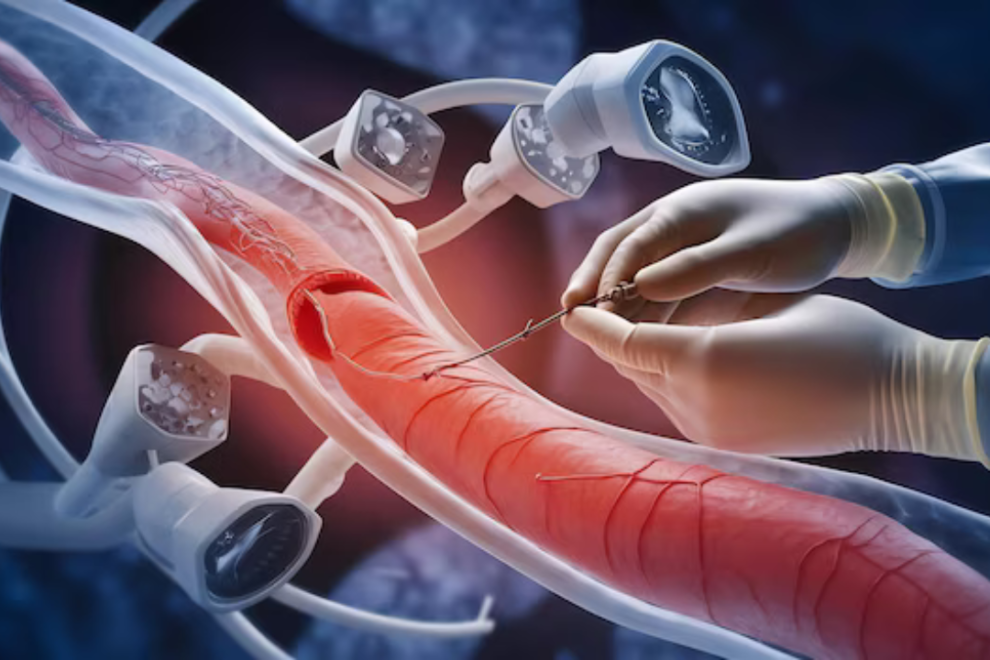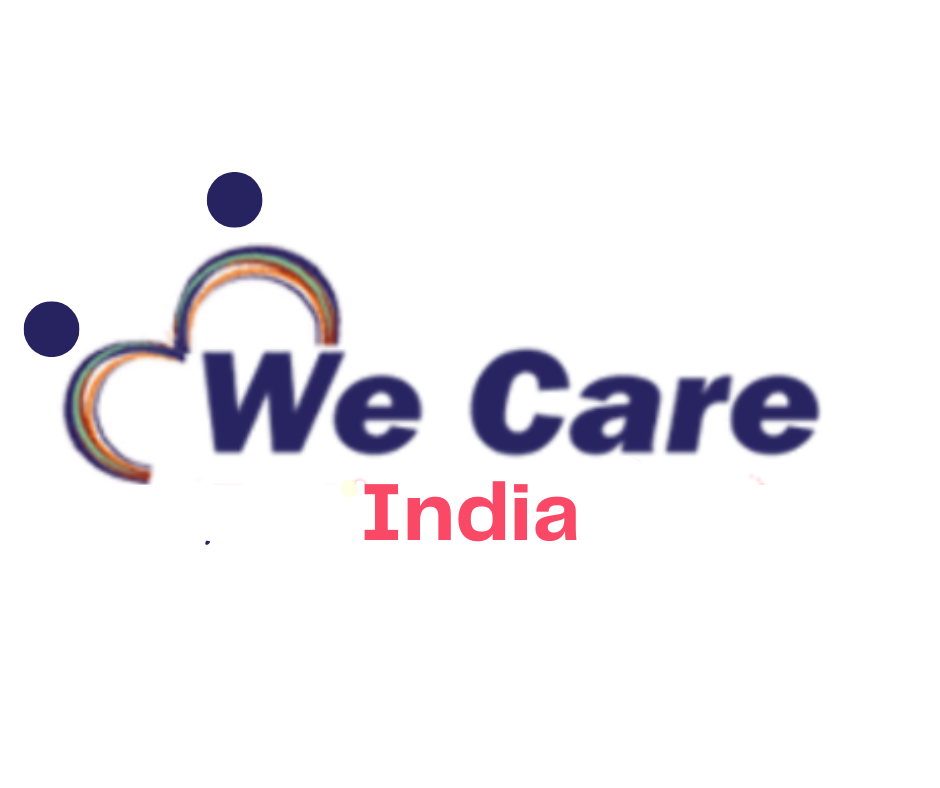Balloon Angioplasty Surgery and Cost in India: Minimally Invasive Heart Care in India
This procedure, also known as percutaneous transluminal coronary angioplasty (PTCA), is a critical treatment for individuals suffering from coronary artery disease (CAD), which can lead to chest pain, heart attacks, and other serious cardiovascular issues.
India has become a sought-after destination for balloon angioplasty surgery, thanks to its advanced healthcare infrastructure, expert cardiologists, and cost-effective treatment options.
During the procedure, a small balloon is inflated inside the artery to compress plaque buildup and restore normal blood flow, often followed by the placement of a stent to keep the artery open. With a shorter recovery time and fewer complications than open-heart surgery, balloon angioplasty offers patients a safer, faster path to improved heart health. If you’re dealing with coronary artery disease, exploring angioplasty in India can be a life-changing decision.


Free Doctor opinion

Personalized care with a warm interaction with the patient
- Achieving outstanding success rates through our dedicated care approach.
- Equipped with the latest technology to ensure optimal treatment outcomes.
- Our expert team provides exceptional healthcare with experience.
- Offering 24/7 assistance for your health needs and concerns.
- Providing quality treatment at reasonable costs for every patient.
- Contact us Email ID:[email protected]
- Call us: +91 9029304141
Angioplasty is a procedure to open narrowed or blocked blood vessels that supply blood to the heart. These blood vessels are called the coronary arteries.
A coronary artery stent is a small, metal mesh tube that expands inside a coronary artery. A stent is often placed after angioplasty. It helps prevent the artery from closing up again. A drug eluting stent has medicine in it that helps prevent closing of the artery.
What is a balloon angioplasty?
Balloon angioplasty is a way of opening a blocked blood vessel. Instead of using surgery to cut the blood vessel open, doctors can slide a small tube on the inside of the blood vessel and direct it to the area that is blocked using x-rays. Inflating the balloon on the end of the tube pushes the blockage out of the way and allows more blood to flow through the artery.
Risks
Angioplasty is generally safe, but ask your doctor about the possible complications. Risks of angioplasty and stent placement are : –
- Allergic reaction to the x-ray dye
- Bleeding or clotting in the area where the catheter was inserted
- Damage to a heart valve or blood vessel
- Heart attack
- Kidney failure (higher risk in people who already have kidney problems)
- Irregular heart beats (arrhythmias)
- Stroke (this is rare)
- Allergic reaction to the stent material
- Allergic reaction to the drug used in a drug-eluting stent
- Blood clot
- Clogging of the inside of the stent (in-stent restenosis)
What is an angioplasty like? Is it painful?
Most patients feel some pressure during angioplasty but the procedure is not usually uncomfortable. The doctor uses local anesthesia (lidocaine) to numb the skin on the upper thigh before placing a small needle into the leg artery. The needle is then removed and replaced with a flexible tube through which the doctor can complete the rest of the procedure. Injecting a substance called contrast agent (x-ray dye) helps the doctor see the blood vessels on the x-ray and direct the balloon or stent into position. After balloon angioplasty patients usually spend one night in the hospital for observation, and they can return to their full activity level 24 to 48 hours later.
Angioplasty and stenting are usually done through a small puncture, or sometimes a small incision, in your skin, called the access site. Your vascular surgeon inserts a long, thin tube called a catheter through this access site. Using X-ray guidance, your physician then guides the catheter through your blood vessels to the blocked area. The tip of the catheter carries the angioplasty balloon or stent.
Angioplasty most often is used to treat peripheral arterial disease (PAD), which is another name for hardening of the arteries supplying blood to your limbs or to organs in your body other than your heart. Angioplasty can also be used, in some circumstances, to treat narrowed areas in your veins, which are blood vessels that drain blood out of your limbs or organs and return the blood to your lungs and heart.
Read Also :-
- Appendicectomy in India: Safe and Affordabl
- Surrogacy Agency in India: Professional Guidance for Your Parenthood Journey
- Sigmoidoscopy Surgery in India: Early Detection and Affordable Care for Colon Health
- Advanced Spondylosis Surgery in India: Procedures, Costs & Leading Hospitals
- Shoulder Replacement Surgery in India: Restoring Mobility and Reducing Pain
- Azoospermia Treatment: Understanding Causes and Solutions
Committed To Build Positive, Safe, Patient Focused Care.
High Quality
Care
Home Review
Medicine
All Advanced
Equipment
Book An Appointment

At We Care India, we offer complete medical services for your entire family, from routine check-ups to injury care, ensuring personalized attention and expert assistance for all your health needs.


